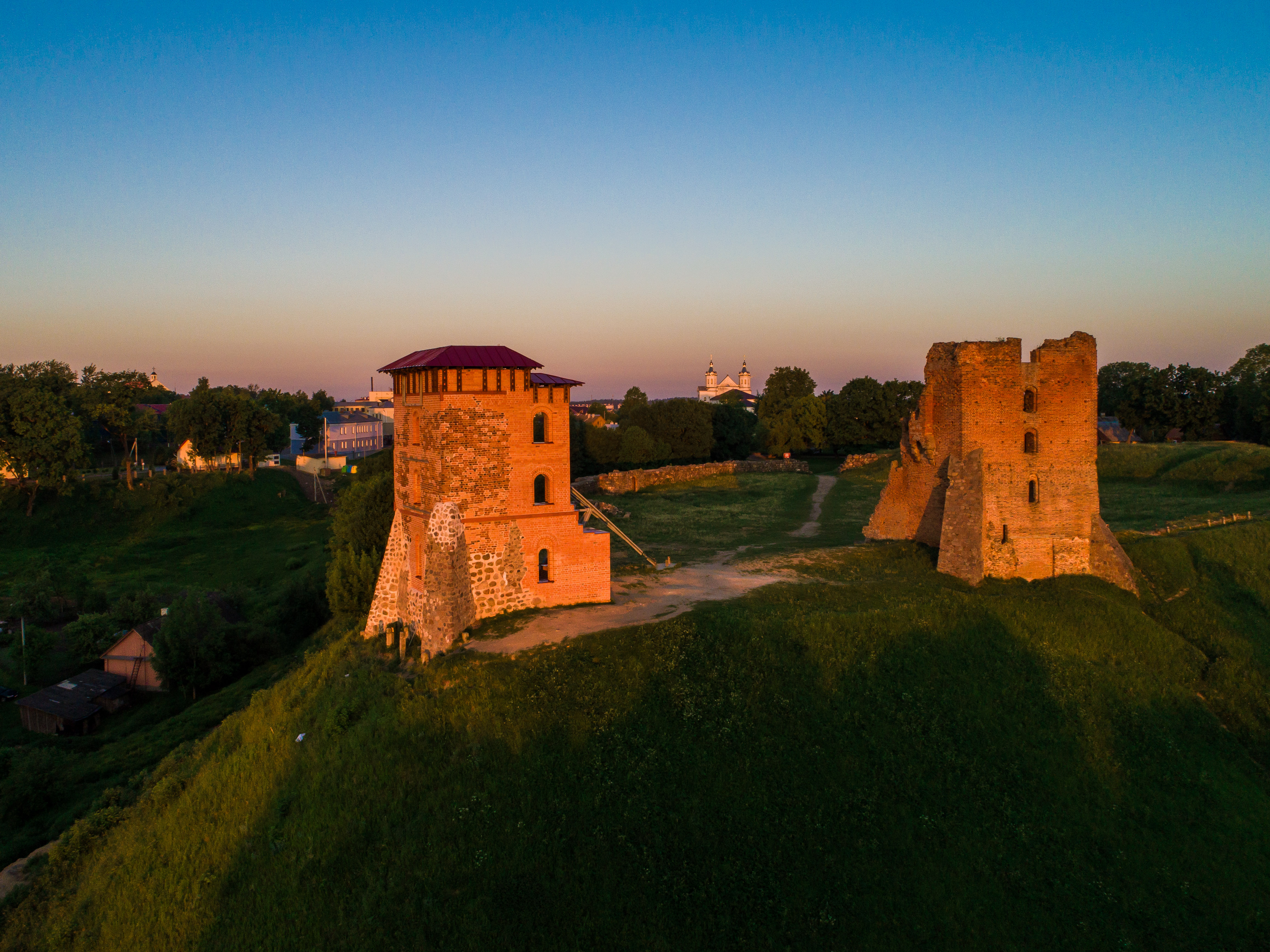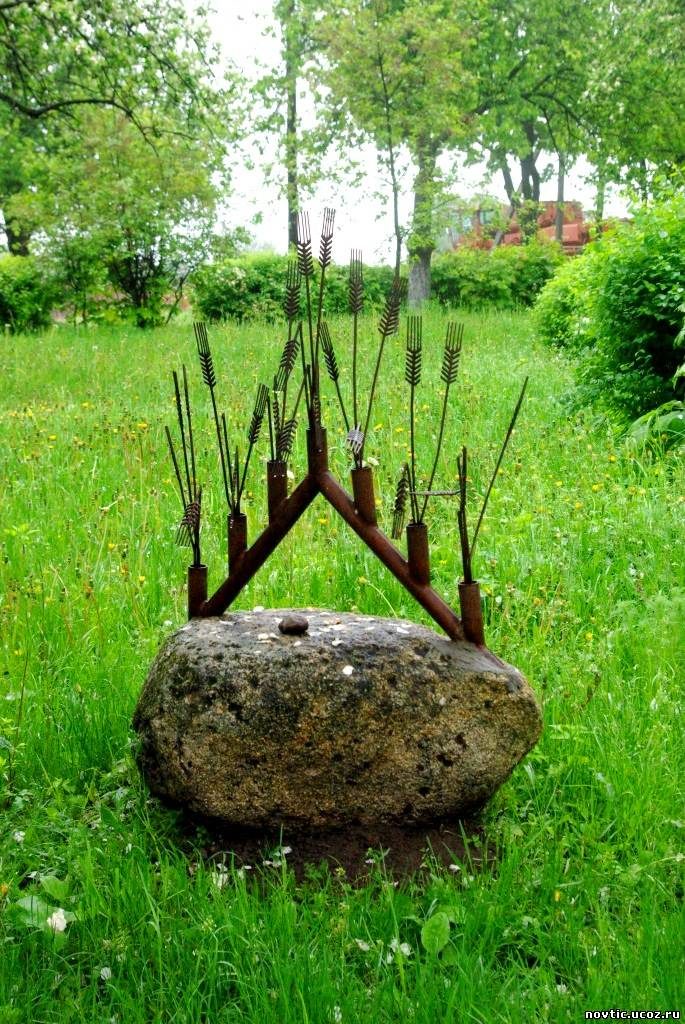The ruins of the castle – the mountain of Mindovg – the burial mound of A. Mickiewich – Orthodox, Catholic and Muslim temples – monuments to A. Mickiewich, the Holy Monk Elisey Lavrushevsky, Vladimir Vysotsky and others – monuments of the history of urban development


NOVOGRUDOK. One of the most ancient cities of Belarus (1044). Settlement on the territory of modern Novogrudok originated in the 10th century. The town was an important trade center.
During the walking tour, you can get acquainted with the witnesses of the glorious history of Novogrudok district, which have survived to this day from the gray ages of antiquity, numerous monuments of archeology, history and architecture:
Ø Church of the Ascension.The church was built in the 14th century and rebuilt in the 17th century. Here in 1395, King Jagiello was crowned with Princess Sophia Golshanska, and on February 12, 1799, little Adam Mickiewicz was baptized. In the chapel of the church there is a sarcophagus with the remains of 11 sisters of the order of the Sisters of the Holy Family of Nazareth, shot by the Nazis in 1943, ranked as blessed;
Ø The ruins of the castle, which was built in the 13th century, was completed during the 14th and 16th centuries, burned by the Swedes in 1706. Only the ruins of the two towers were preserved;
Ø Mindovg Mountain, a place where, according to legend, Prince Mindovg, founder of the Grand Duchy of Lithuania, is buried;
Ø Mound of A. Mickiewich (poured in 1924-1931);
Ø Monument to A. Mickiewich;
Ø Catholic church of St. Michael, founded in 1624 as a church of the Order of the Dominicans. The modern form was acquired in the beginning of the XVIII century. Monument of Baroque architecture with elements of classicism. Nearby, in a monastery that did not survive, the Dominican School worked, whose pupil was A. Mickiewich;
Ø Church of St. Boris and Gleb (designed and built on the ruins of the 12th century church, and there were very few such churches in Belarus, it was reconstructed in the 16th and 17th centuries). An architectural monument with Gothic and Renaissance elements;
Ø Church of St.Nicolas (formerly the Church of the Franciscans). Monument of Baroque architecture with elements of pseudo-Byzantine style;
Ø Trade rows (since 1812);
Ø Mosque (since 1792, rebuilt in 1855);
Ø Grave of grandson of Alexander Pushkin (old Christian cemetery);
Ø Buildings of the former voivodeship administration and the voivod’s house (since 1920);
Ø A commemorative sign for the 500th anniversary of the Novogrudok Obtaining of the Magdeburg Law;
Ø Monument to the Holy Monk Yelisey Lavryshevsky;
Ø Monument to Vladimir Vysotsky.
During the excursion around the city you can visit museums: Adam Mickiewich House Museum, Local history museum.
Since 2007, a new museum was opened in Novogrudok – the exposition “Jewish Resistance in Novogrudok during the Holocaust” (a memorial exposition on the site where during the war years there was a Jewish ghetto). A tunnel 200-270 meters long became the road of life for 250 prisoners of the Novogrudok Jewish ghetto, about 150 of whom reached the partisans. About those who dug the tunnel, about the survivors and dead, about the history of all Jews who survived the Holocaust in the Novogrudok ghetto, about the partisan detachment of the Belski brothers tells the exposition of the museum, located in the former barrack (the hatch that led to the tunnel was made there).
Organizer – KUP “Novogrudok-Tour”
Address: Novogrudok, Lenin Square, 4
Tel./Fax: (801597) 2-22-57
E-mail: navagrudaktour@open.by
Working hours: 9.00 – 18.00


